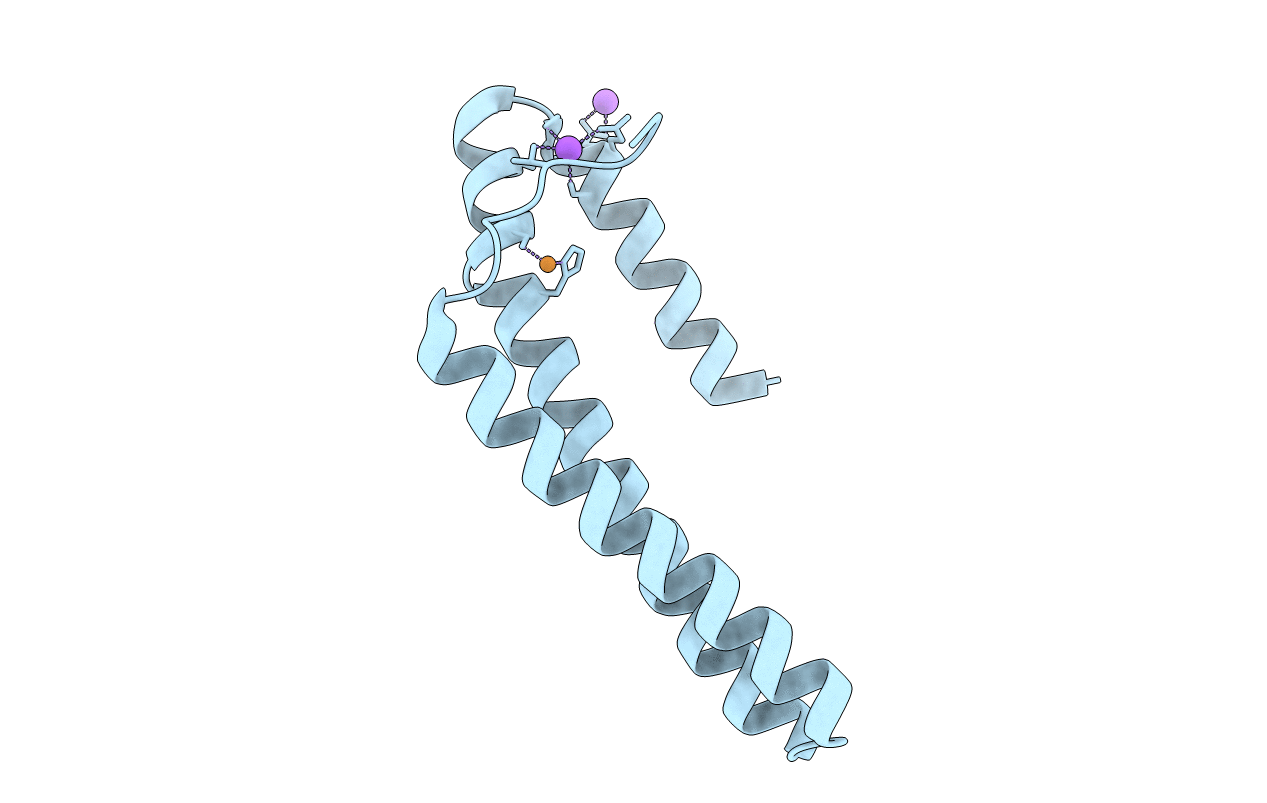
Deposition Date
2013-08-03
Release Date
2014-05-21
Last Version Date
2023-09-20
Entry Detail
PDB ID:
4M1P
Keywords:
Title:
Crystal structure of the copper-sensing repressor CsoR with Cu(I) from Geobacillus thermodenitrificans NG80-2
Biological Source:
Source Organism:
Geobacillus thermodenitrificans (Taxon ID: 420246)
Host Organism:
Method Details:
Experimental Method:
Resolution:
2.56 Å
R-Value Free:
0.24
R-Value Work:
0.21
R-Value Observed:
0.21
Space Group:
P 6 2 2


